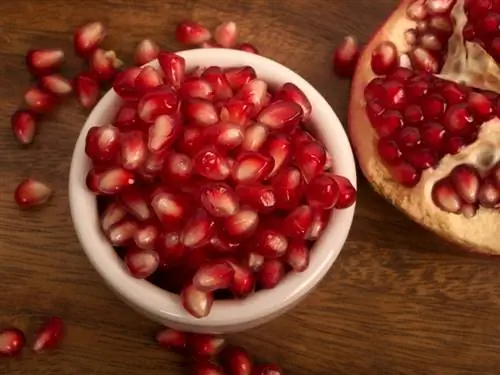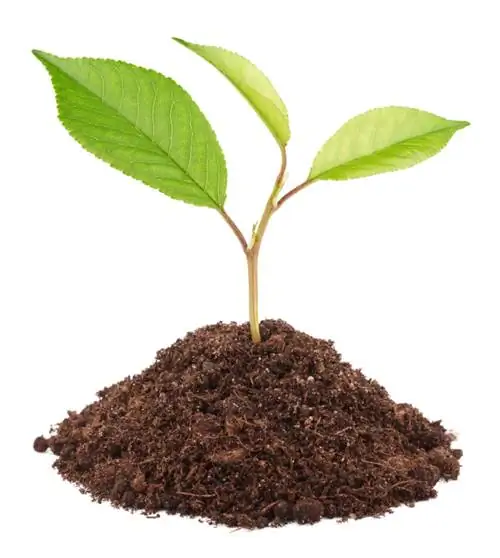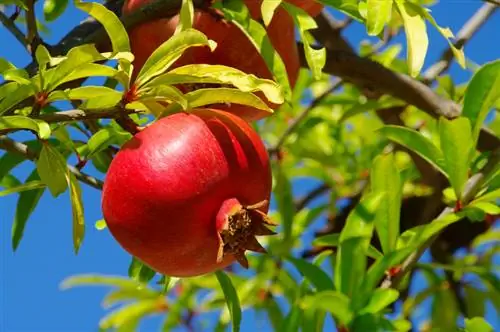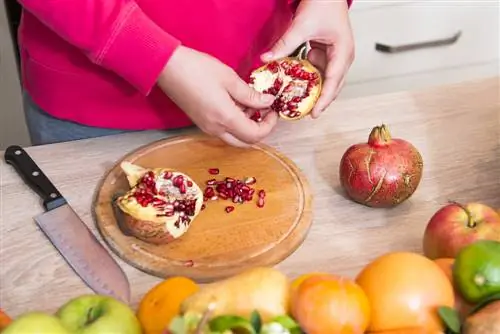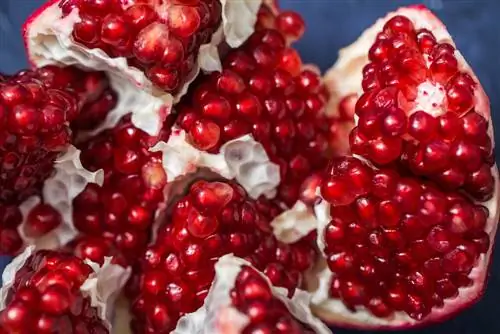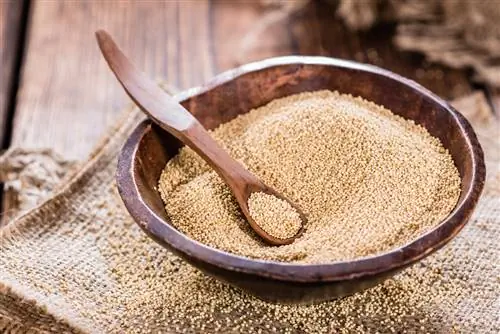- Author admin [email protected].
- Public 2023-12-24 06:09.
- Last modified 2025-01-23 11:20.
The pomegranate seeds contain an elongated, soft, light-colored seed in the middle. This is about 3-5 mm long and is surrounded by the glassy fruit coat filled with dark red juice. A pomegranate is said to contain around 400 seeds.
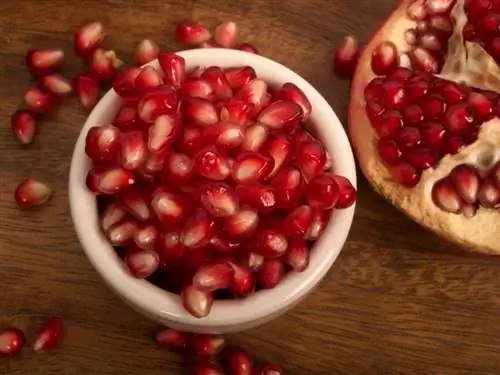
What are pomegranate seeds used for?
Pomegranate seeds contain an elongated, soft seed surrounded by a glassy, dark red fruit coat. The seeds can be used to propagate pomegranate plants, but can also be dried and used as a spice or in mueslis. They are rich in ellagic acid and polyphenols, which have he alth-promoting properties.
The pomegranate with its numerous seeds is considered a symbol of fertility and power in various cultures and religions. The fruit is mentioned in both the Bible and the Quran; You can find their description in ancient Greek literature as well as their depiction in medieval paintings. In Egypt, pomegranates are said to have been used as grave goods.
Propagation by seeds
Although propagating pomegranates via cuttings brings quicker success, growing them by sowing is also possible. The disadvantage of this method of propagation is that it cannot be assumed that plants grown from seeds will later flower or bear fruit.
From September to January you can collect the seeds yourself from the purchased fruits. Regardless of the pomegranate season, the seeds are available in seed shops all year round. With prices starting at around 1.50 EUR per 20 pieces, these are affordable and thanks to their extremely high germination ability, success doesn't take long to arrive.
The seeds you collect yourself should be thoroughly removed from the pulp. The seeds that have been watered overnight are placed in moist soil (light germinators!) and kept warm, light and evenly moist. Depending on the substrate temperature, germination takes 3-6 weeks. After germination, the young plants should remain bright and warm and watered moderately. As soon as leaves have formed, the seedlings are repotted.
Dried seeds as spice
You can get the dried pomegranate seeds in spice shops or vegan food stores. Due to their somewhat woody consistency, they are not to everyone's taste. The connoisseurs use the seeds dried with pulp and without dyes or preservatives
- as a snack,
- in muesli,
- ground for souring chutneys and curries.
Tips & Tricks
The pomegranate seeds not only taste delicious, but also contain, among other things: ellagic acid and polyphenols, which are important for cell regulation. They are therefore also used for the production of skin-tightening cosmetics.

